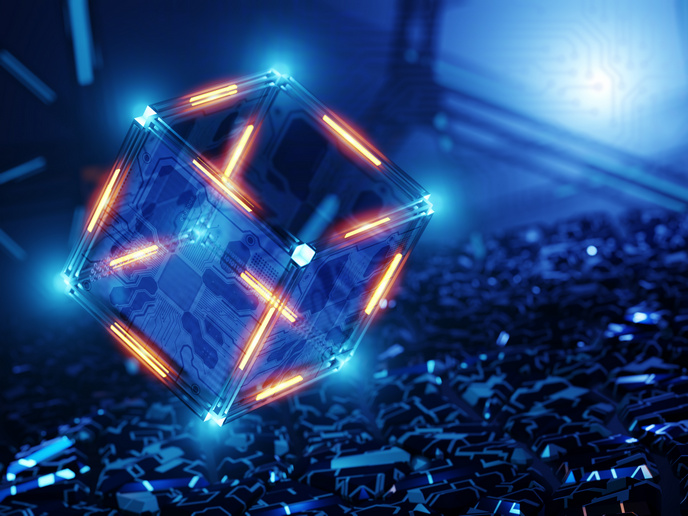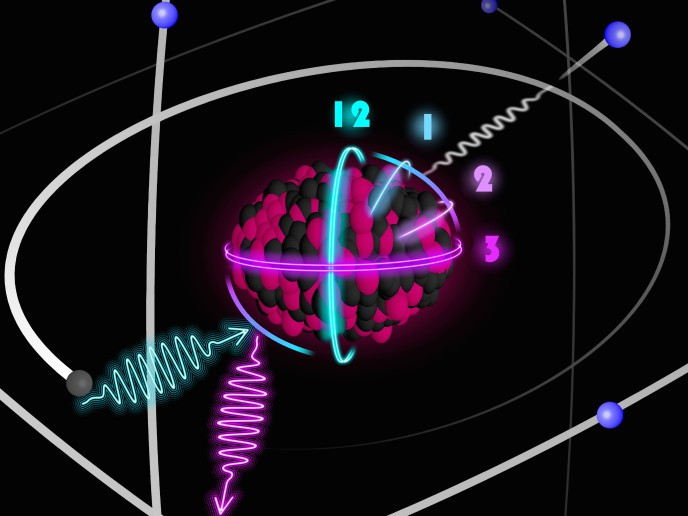Computing the next generation
Combining information processing and quantum mechanics has led to the idea of creating quantum computers. They take advantage of quantum properties like superposition – the idea that matter can exist, simultaneously, in multiple places – and entanglement – when two particles of matter can have the same properties and behave identically while being separate. Typical bits store memory by registering either one or zero, while 'qubits' can represent information as both memory and the state of entanglement with other particles. A qubit comprises two energy levels. The superposition of these states is described by a wave function and the collapse of this wave function, which stops the quantum computation, is called decoherence. Preventing this collapse is a major problem in building a quantum computer. The EU-funded 'High fidelity quantum gates with trapped 43Ca+ ions' (43CAQIP) project set out to find a solution to this problem. High fidelity means the information is transmitted with a high accuracy. The objective of the research project was to use quantum gates to investigate simple quantum algorithms and create multi-particle entanglement. The calcium isotope (43Ca+) offers a qubit system that is immune to magnetic-field fluctuations, a prime reason for decoherence in other experiments. Quantum information is encoded in the long-lived internal states of the trapped ions. By generating entangled states of the ions, they can serve as logic gates similar to those in digital electronics. The project successfully developed a gate that has also been used on 'hot' (vibrating) ions but it does not require laser 'cooling' (reducing the vibration) of the trapped ions. This result of the project is of key importance for the scale-up of quantum computing, which generally requires operations that, unintentionally and undesirably, heat up the trapped ions. The development of these gates will allow for much faster calculations that will enable the resolution of problems whose complexity makes them unapproachable with today's computers. The implementation of the high-fidelity entangling gate that has been developed has opened up many possibilities for exciting research. The project has also provided an important step towards more demanding quantum computation.







